Stars of the Week: All of Class 2
Well done to all of Class 2 for creating such beautiful African Masks!
The Blog of Cathedral Primary School's Class 2
Stars of the Week: All of Class 2
Well done to all of Class 2 for creating such beautiful African Masks!
Stars of the Week: Beatrice and Joshua
On Monday, Class 2 visited the British Museum and explored the art, music and dance of Africa. The children used digital technology to record their experiences with photos, videos and sound. It was a really inspiring visit!
Joshua and Beatrice wrote these wonderful prayers of thanks, reflecting on our learning this week:
Dear Father,
Thank you for the wonderful things around us like joy, thechnology, homes and families to care for us. I am thankful for music that helps us sing new songs and museums that give us knowledge.
Amen.
Dear Lord,
I thank you for your love, your hope and your kindness. Thank you that you help us to learn different instruments from Africa. Thank you that you guide through everything we do and make and thank you Lord that you give us enough food and water.
Amen.
Stars of the Week: Christopher and Yvette
In Class 2 we have just begun a project on Africa. Everyone in Class 2 has designed their own African mask in art, and on Monday we will be heading to the British Museum for a workshop on African music. Christopher designed a symmetrical mask, representing plants and flowers and Yvette did some research at home to share facts about Africa with the class. A great start to our project, well done!
Stars of the Week: Mariama and Sebastian
For poetry week, Class 2 studied kennings. These started off in Old English and Old Norse poetry where something is described without using its name, for example, stick fetcher = dog. Sebastian and Mariama worked exceptionally hard to write really descriptive poems describing an animal without saying its name.
See what kennings you can spot in our poems!
Gentle flier with beautiful wings.
Pink and purple colourful wings.
Happily flying through the air.
People amazed they stop and stare.
Sometimes spotty, sometimes not.
Always colourful, soft and smooth.
Gentle flier, soft flier.
by Mariama
(Answer: A butterfly)
It dirtily ran into a small hole.
Fast runner, tail swisher.
Furry nut eater.
Food stealer, soft runner.
It cheerfully sprints into a tiny crack.
By Sebastian
(Answer: A mouse)
We also had fun reciting poetry with Year 3 and reading and hearing poems written during poetry week.
Stars of the Week: India and Luca
Well done for persevering with your stop motion animations! Your work really brought to life the events of the Great Fire of London.
This term in Computing, Class 2 have been learning about stop-motion animation, and how it is used to create famous films like Wallace and Gromit!
To link with our history topic of the Great Fire of London, each pair created paper cutouts and backgrounds to show the fire spreading as boats sailed to safety down the River Thames. Please watch our animations below.
Our top tips for animators:
Keep the camera in exactly the same place for each frame.
Stick down the background so it stays still in the shot.
Adjust the moving parts very gradually so it the motion looks smooth.
Be patient and have fun!
Here are our short animations using the I Can Animate app:
Today, Class 2 went to the Museum of London to learn more about the Great Fire of London. We spent time exploring in the museum before taking part in a workshop. The class got to investigate real objects from the Seventeenth Century, and helped to act out the story of the Fire.
Well done, Class 2 – your knowledge of this time in history is extremely impressive!
Stars of the Week: All of Class 2
Well done to all of Class 2 for working so hard on their assessments this week. Everyone tried their best and showed that they take lots of pride in their learning.
Keep up the hard work, superstars!
Stars of the Week: Max and Nathan
This term in science, Class 2 are finding out about plants. Everyone has planted their own sunflower, broad bean or mung bean, and has started a diary to observe how the seedling grows and changes. We also set up an experiment to find out about the effect of light on seedling growth. We made predictions about how the seedlings will grow inside the light maze. Our stars of the week observed changes closely and gave good reasons for their predictions.
Well done!
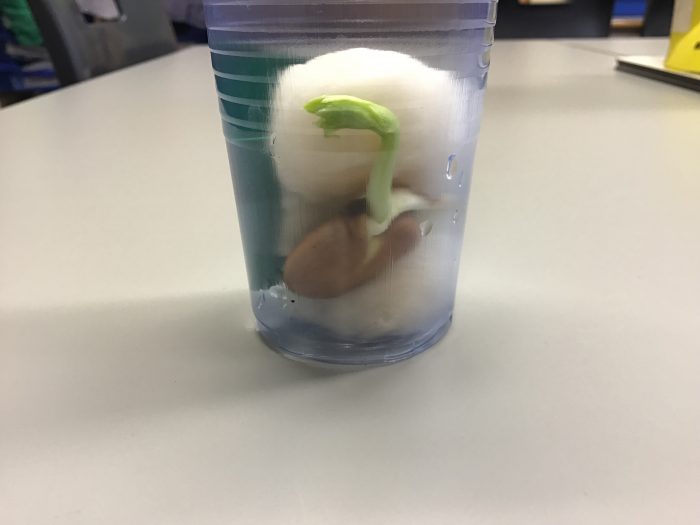
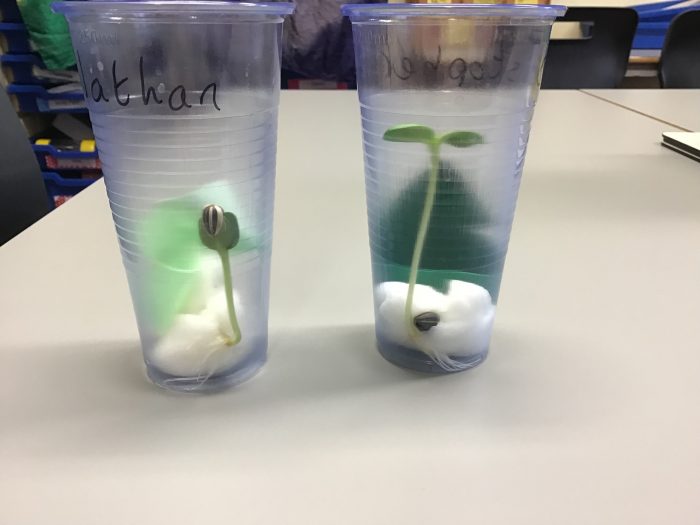
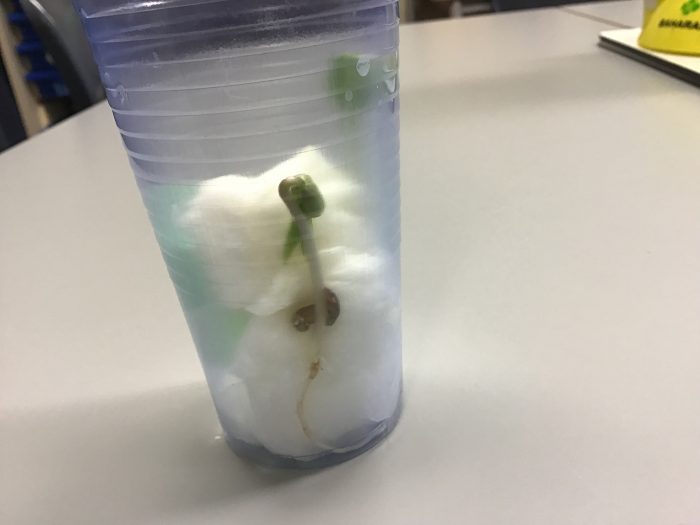
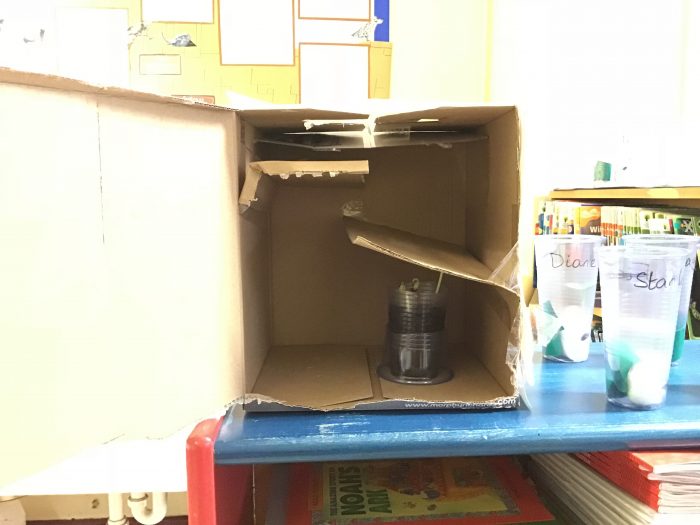
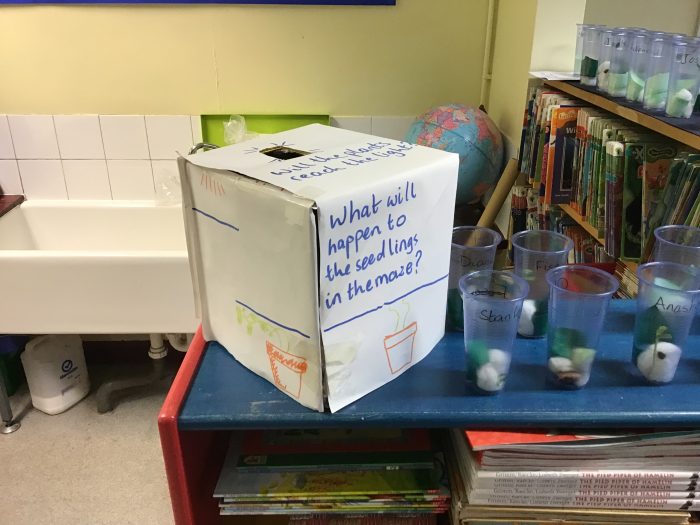
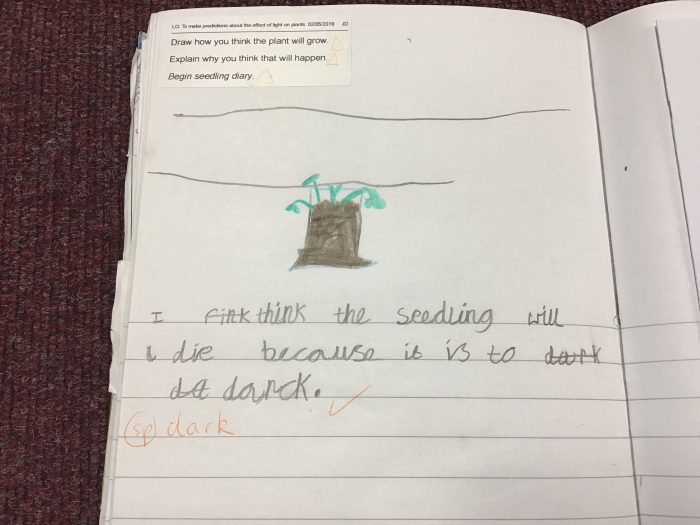
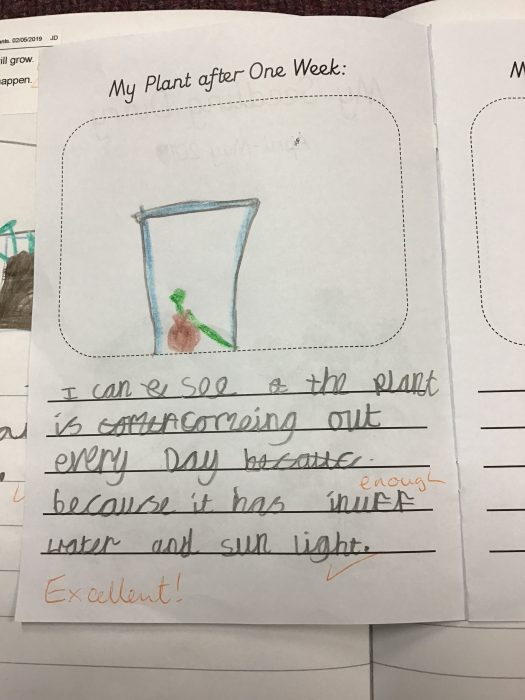
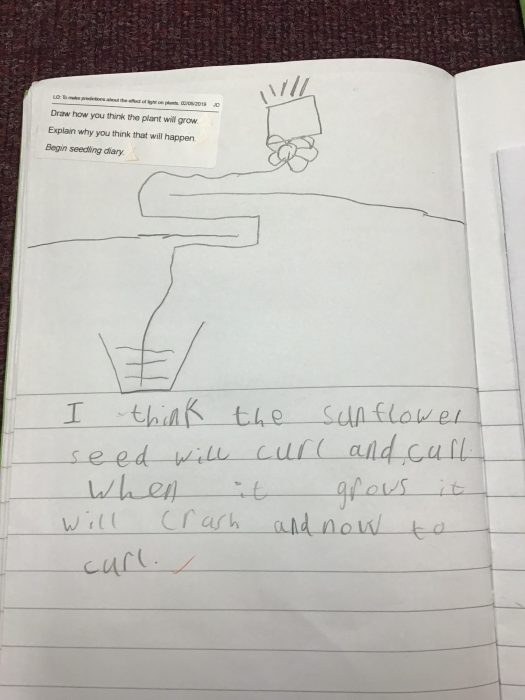
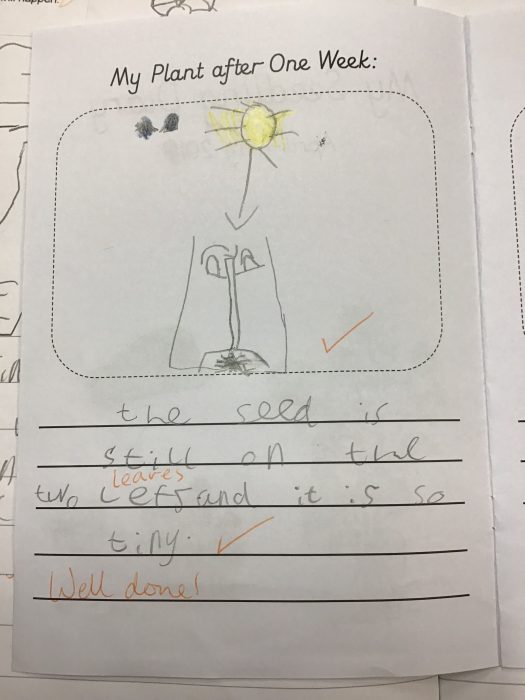
In class 2, we have been writing poems inspired by our scientific observation of Redcross Gardens in Spring. We also made flower collages to decorate Easter cards.
We hope you enjoy our poetry and art work. Happy Easter, everyone!
Year 2 had a very busy science week, beginning with a visit to a planetarium in the school hall!
The children wrote reports for the blog about the experience. Here are some great examples:
Today was the best day ever. I went in a planetarium. It was amazing. I saw lots of stars. I saw lots of planets. I saw a galaxy which is called a Milky Way. I really want to be an astronaut. There’s another galaxy called a Whirlpool. Astronauts can see all this. I want to read lots of books about space.
By India
In the planetarium I was shocked. It was extremely dark and full of stars. We learnt about lots of planets and also we learnt that the stars were born in the nebula. I was so inspired that it made me think about me being an astronaut and discovering more and more exciting things.
By Iyad
Today we went inside a planetarium. When we went inside it I saw so many stars. It was amazing. I loved it. I learnt all the planets in the Milky Way. Saturn, Mars, Jupiter, Venus, Earth and all the others. I also learnt that a nebula is a place where stars are born. I learnt our galaxy is called the Milky Way. Two thousand years ago people could see dogs and hunters in the stars. Today you can still see the dogs, the hunters and the bulls that they saw.
By Sebastian
When I stepped inside the hall I saw a planetarium. We stepped inside and it was really dark. We learnt the names of the planets. Now we know that planetariums need darkness. Nebula means where a star is born. Stars are made of gas. We live in the Milky Way. The sun is a star. When you go in a planetarium you learn everything you need to know about the stars. The planetarium’s stars are amazing. It has hundreds of stars. We had to sit under the stars.
By Henry E.
In the hall the unexpected happened. When we were in the hall it was dark. We learnt about space. We learnt about planets. The sun is a star. The stars are made out of gas and it glows. The sun is very far from Earth.
Fisayo
This afternoon there was a planetarium in the hall. When I first stepped into the planetarium it was filled with darkness. When the first picture appeared it boomed in my eyes and suddenly a shot trickled down my spine. It freaked me. I saw Saturn, Mars, Jupiter, Venus, Earth, Pluto, Uranus, Neptune and Mercury. I learnt where the stars were born. It is a nebula. I learnt that our galaxy is the Milky Way. I learnt that there are different gases in space.
By Yvette
When I went to the planetarium it was enormous. I stepped inside and a whole new glimmering world was behind me. It was so beautiful. The astrophysicist told us that it will be very dark. We learnt about many planets like Saturn, Mars, Jupiter, Venus and Earth. That’s why I want to be an astronaut.
By Marwah
Today something amazing happened. We went in a planetarium. I saw galaxies, planets and stars. There were different types of stars. I saw a nebula where stars are born. I saw a new glimmering world. I saw shapes and animals made from stars. I saw Saturn, Mars, Jupiter, Venus, Earth, Pluto – dwarf planet, Uranus, Neptune and Mercury. I learnt that nebula wad made of gas. I was inspired to be an astronaut and explore more.
By Sarah
When I entered the planetarium it was dark. We looked at lots of stars. We got to look at Jupiter. We looked at different stars. We looked at a bear. We looked at where stars are born. It was fun.
By Kosi
When I entered the hall it was dark and spooky. When I went inside a door it was full of darkness. It was a planetarium. We learnt lots of things. We learnt about Pluto and other planets. Pluto is a dwarf planet. A nebula is a place where stars are born. Our galaxy is called the Milky Way.
By Selena
We also had a visit from Dr. Neil who works at Great Ormond Street Hospital. We learnt lots about being a doctor! Here are some photos of the visit.
Class 2 conducted an experiment into the effects of static electricity, using the story Matilda as inspiration.
The children were also invited to take part in the science poster competition on the theme of ‘Journeys’. Here are some entries from Class 2:
What a scientific week in Class 2! Have a look at our Easter blog post too for some science-inspired Spring poems.